How to Manage Rheumatoid Arthritis in Winter: Essential Tips for Comfort
As someone who has worked as a Rheumatology Nurse Practitioner, I know how tough it can be to manage rheumatoid arthritis (RA) during the winter months. The colder temperatures, combined with increased joint stiffness and pain, can leave people feeling like they are stuck in a constant battle with their own body. In this article, I’m going to walk you through some effective ways to manage rheumatoid arthritis in winter, based on both my professional experience and feedback from patients over the years. Whether you’re newly diagnosed or have been living with RA for years, these tips can help you take control of your health during the colder months.
Understanding Rheumatoid Arthritis and Winter’s Impact
Rheumatoid arthritis is an autoimmune condition that causes chronic inflammation in the joints. For many, winter is a season that triggers flare-ups, worsening the pain and stiffness that comes with this condition. But why does this happen? It’s mainly due to the way cold weather affects the body. Cold temperatures can cause blood vessels to constrict, which limits blood flow to the joints. This can lead to increased inflammation and a feeling of stiffness, making it harder to move around. Moreover, the winter months tend to encourage a more sedentary lifestyle, which can exacerbate joint problems.
But don’t let the winter weather make you feel like you’re at a disadvantage. With the right approach, you can manage your rheumatoid arthritis symptoms and still enjoy the season. Let’s dive into some strategies that can help.
1. Keep Your Body Warm and Protected
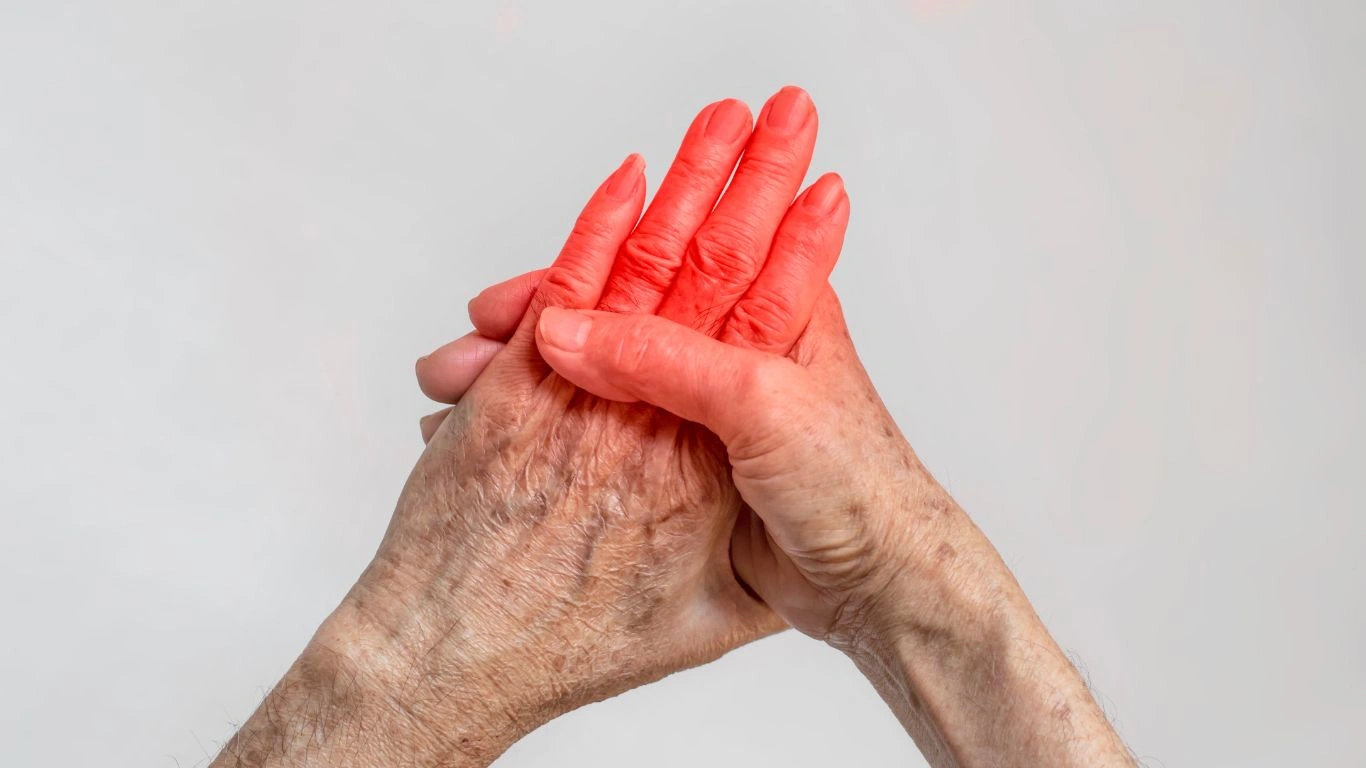
One of the easiest yet most effective ways to manage rheumatoid arthritis in winter is to keep your body warm. Cold weather can cause your muscles and joints to tighten, which can increase discomfort. Wearing layers of clothing is essential, especially in the morning when temperatures are the coldest. Make sure to wear gloves, scarves, and warm socks to protect your hands, neck, and feet. These are areas where RA flare-ups tend to occur most often, and keeping them warm can go a long way in preventing stiffness and pain.
Tips for Staying Warm:
- Invest in a heated blanket: A heated blanket can provide relief for your joints and help relax stiff muscles during cold nights.
- Wear thermal clothing: Clothes made from wool or fleece are excellent insulators that trap warmth without adding too much bulk.
- Stay indoors during extreme cold: If temperatures are particularly harsh, avoid staying outside for long periods to minimize exposure to the cold.
Additionally, keeping your home warm can make a huge difference. Set your thermostat to a comfortable temperature, and use space heaters in areas where you spend a lot of time, like your living room or bedroom. Don’t forget to keep your joints covered while you’re lounging around the house to prevent them from stiffening up.
2. Exercise: The Key to Joint Mobility
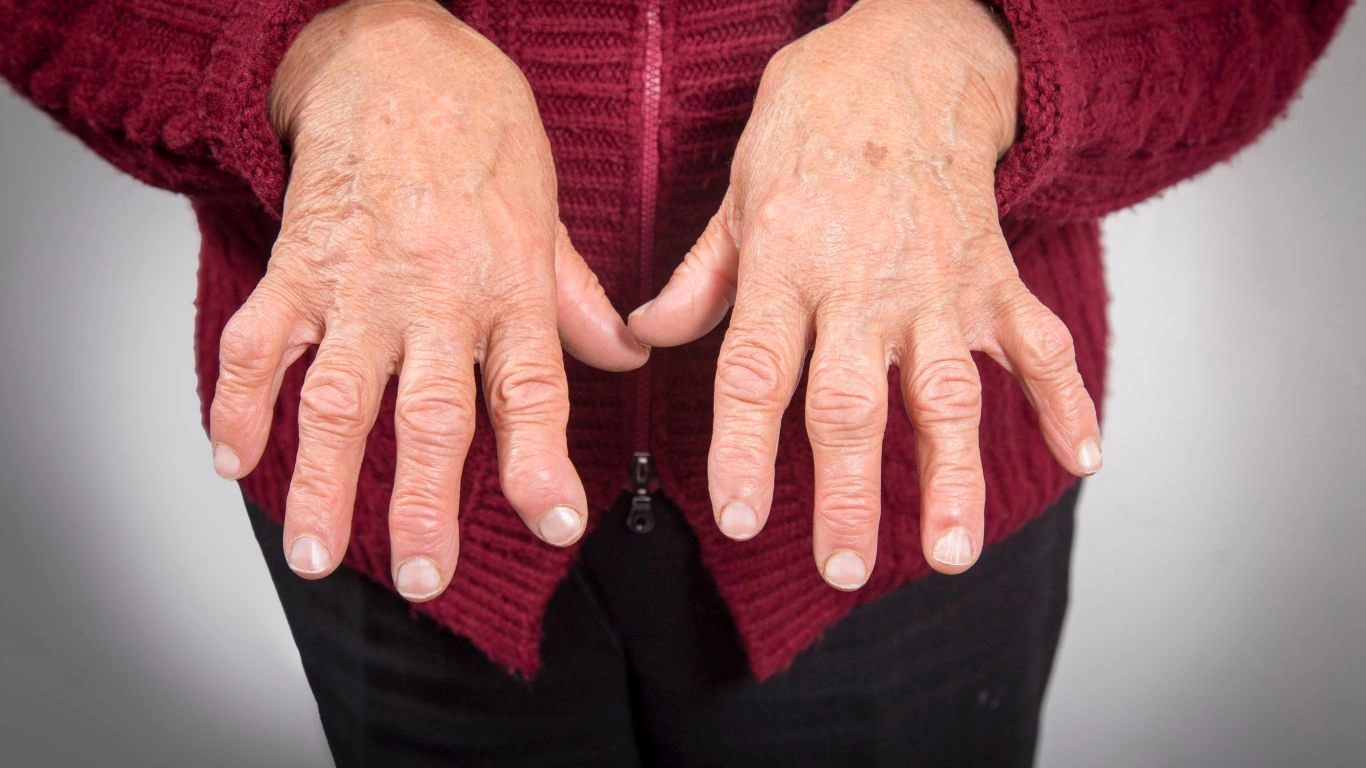
I know it might sound counterintuitive to exercise when your joints are already aching, but moving your body is one of the best ways to fight RA-related pain. Regular, low-impact exercises can help keep your joints mobile and improve flexibility. During the winter months, however, it can be challenging to stay active, especially if the cold weather is making it harder for you to get outside.
So, what’s the solution? Try indoor activities that you enjoy. Yoga, Pilates, swimming (in heated pools), and even light strength training can all help keep your body moving without putting too much strain on your joints. Staying active will also help keep your weight in check, which is important because carrying extra weight can place additional stress on already inflamed joints.
Suggested Low-Impact Exercises:
- Walking: If you can brave the cold for a short walk, it can provide great benefits for your joints. Just make sure to bundle up!
- Water aerobics: The buoyancy of water reduces the impact on your joints while allowing you to build strength and flexibility.
- Gentle stretching or yoga: These exercises help improve flexibility and keep your joints from becoming too stiff.
Don’t forget to warm up before any activity, even if it’s just stretching or walking. Cold muscles are more prone to injury, so it’s essential to start slow and increase intensity gradually.
3. Stay Hydrated and Eat Right

It’s easy to forget about hydration when it’s cold outside, but staying hydrated is crucial for managing rheumatoid arthritis during winter. The air tends to be drier in the colder months, which can lead to dehydration, making joint pain worse. Proper hydration helps lubricate the joints, easing stiffness and discomfort.
In addition to staying hydrated, eating a balanced diet can play a significant role in managing RA. Foods that are rich in antioxidants and anti-inflammatory properties can help reduce inflammation and protect your joints. Omega-3 fatty acids, found in fish like salmon, walnuts, and flaxseeds, are particularly beneficial. Green leafy vegetables, berries, and foods rich in vitamin D and calcium also support overall joint health.
Winter Foods That Help Fight Inflammation:
- Fatty fish: Salmon, mackerel, and sardines are packed with omega-3s, which can help reduce inflammation.
- Leafy greens: Kale, spinach, and collard greens are high in antioxidants and vitamins that promote joint health.
- Ginger and turmeric: Both spices have natural anti-inflammatory properties that can help reduce pain and swelling.
Try to avoid highly processed foods, as they can increase inflammation and make symptoms worse. Also, limit your intake of sugary beverages, as sugar can trigger flare-ups in some people with RA.
4. Consider Heat and Cold Therapy for Instant Relief
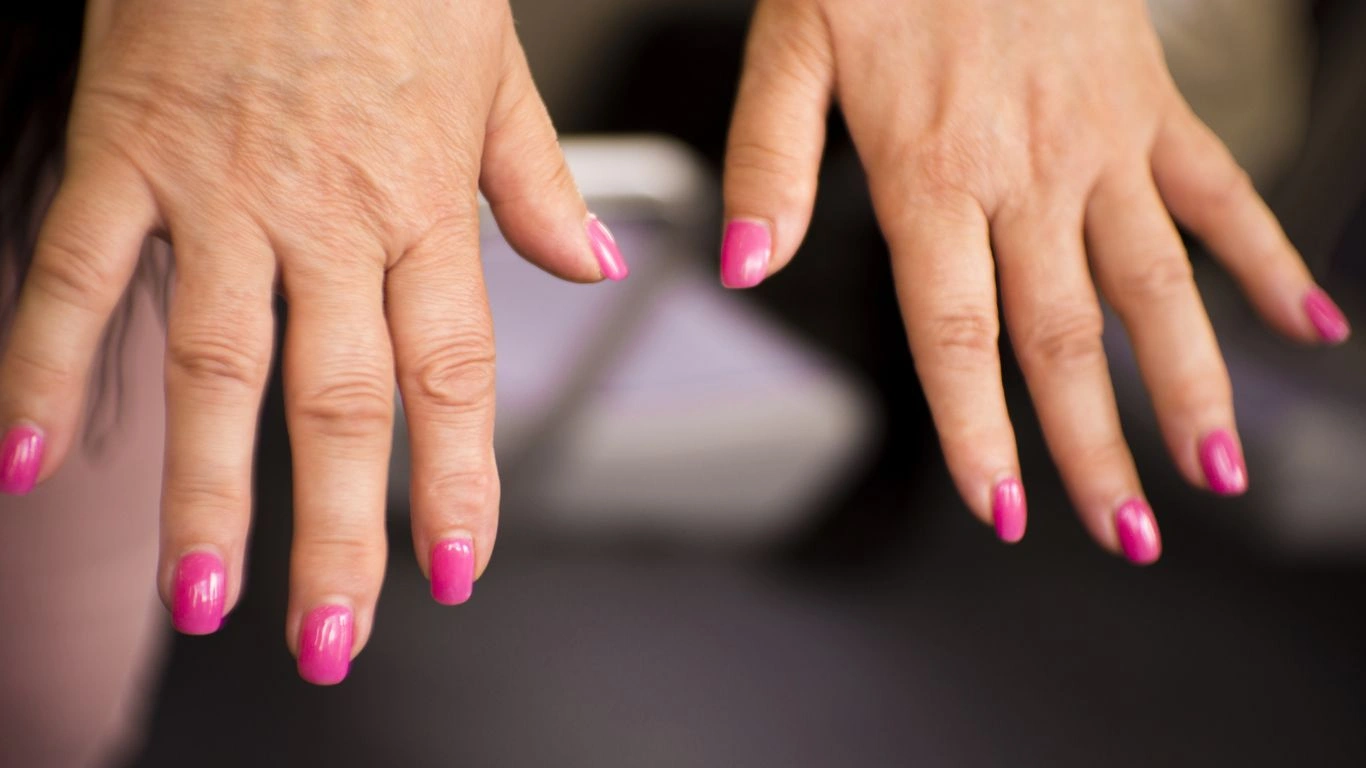
When you’re feeling the sting of RA flare-ups during the winter, heat and cold therapy can work wonders to alleviate pain and stiffness. These two types of therapy are effective and can be done right at home with minimal cost and effort. I’ve seen patients over the years benefit greatly from both heat and cold treatments. Both methods help to reduce inflammation, soothe sore muscles, and offer immediate relief to those who need it most.
Heat therapy helps to increase blood flow, which in turn can relax stiff muscles and ease joint pain. Using heating pads, hot water bottles, or even warm baths can help you feel more comfortable. On the flip side, cold therapy helps reduce inflammation and numb the area, which is great for acute flare-ups. Ice packs or even cold compresses can help to minimize swelling and dull pain.
How to Use Heat and Cold Therapy Effectively:
- For heat therapy: Apply a heating pad or warm towel to the affected area for 15–20 minutes. Be careful not to burn your skin, and make sure it’s not too hot.
- For cold therapy: Use an ice pack wrapped in a towel, or even frozen peas, to target swollen joints for about 10–15 minutes at a time. Do not apply ice directly to your skin.
- Alternating between heat and cold: Sometimes, a combination of both heat and cold can provide maximum relief. Try alternating them every 20 minutes if your joints are particularly inflamed.
Experiment with both techniques to figure out what works best for your body. Heat is often better for chronic pain or stiffness, while cold is more effective when you’re dealing with an acute flare-up.
5. Embrace the Benefits of Massage Therapy

If you’ve never tried massage therapy for your rheumatoid arthritis, you might be missing out on one of the best ways to relax your muscles and reduce stress. Personally, I’ve recommended massage therapy to numerous patients, and I’ve seen how much it can improve mobility and ease pain. Massages help by improving circulation, which can alleviate tension and discomfort in both muscles and joints. Plus, the relaxation benefits can’t be overstated. We all know that stress can make RA symptoms worse, and massage is a great way to reduce stress naturally.
Massage doesn’t have to be a luxury; there are plenty of affordable ways to incorporate it into your routine. You can visit a licensed massage therapist, or if you prefer to stay at home, try using a handheld massager or asking a partner to help. Just be sure to focus on the areas where you’re experiencing the most discomfort. Don’t forget that gentle pressure is key — too much pressure can make the pain worse instead of better.
Massage Techniques That Help Relieve RA Pain:
- Swedish massage: Known for its long, flowing strokes, Swedish massage is great for relieving tension and promoting relaxation.
- Deep tissue massage: This technique focuses on deeper layers of muscle and can help with chronic pain, though it’s important to keep it gentle if you have RA.
- Trigger point therapy: This type of massage targets specific tight spots in the muscle that are causing pain, helping to release muscle knots and tension.
It’s always a good idea to communicate with your massage therapist about your specific needs and comfort level. This way, you’ll ensure that you’re getting the most out of your sessions without exacerbating any pain.
6. Consider Supplements to Support Joint Health
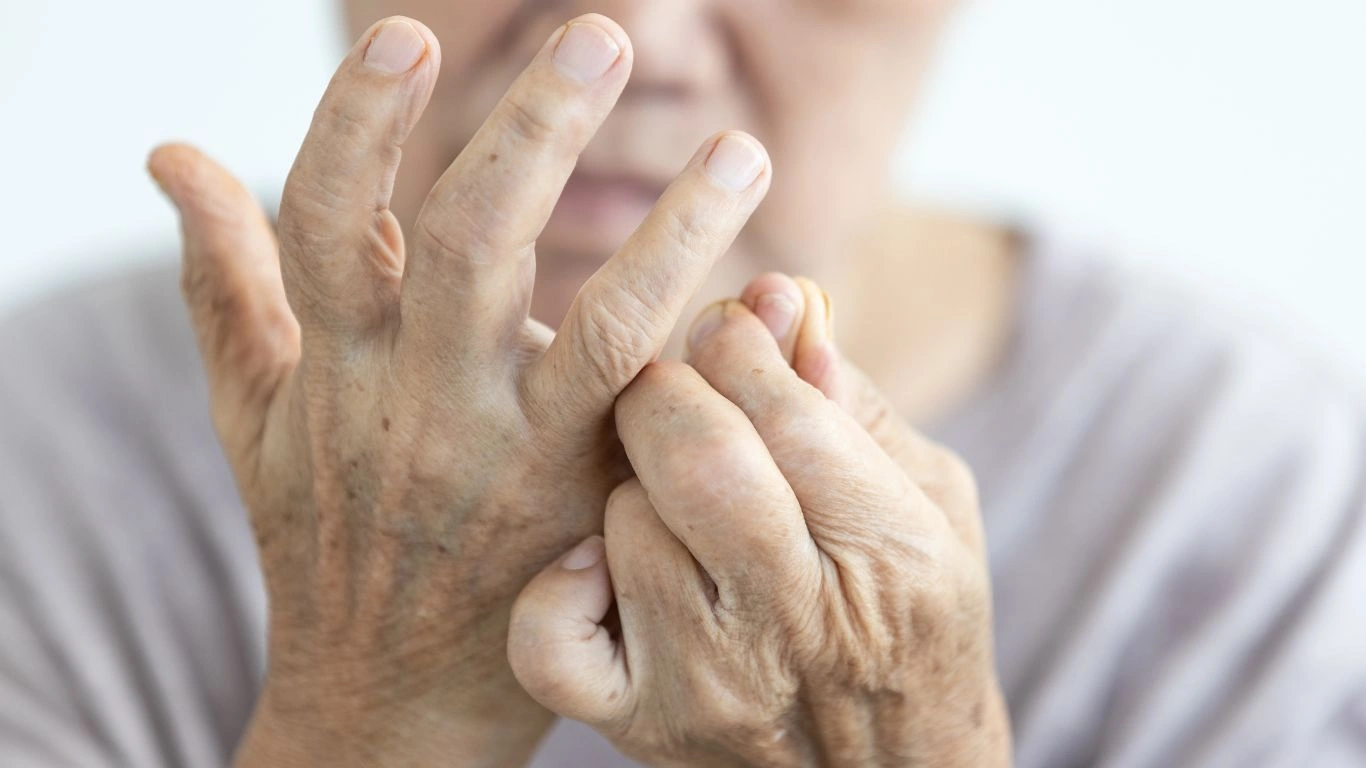
Along with diet, certain supplements can support joint health and help manage the symptoms of rheumatoid arthritis during the winter. Supplements are not a replacement for medication, but they can be a valuable addition to your treatment plan. I’ve often discussed with my patients how certain vitamins and minerals can reduce inflammation and support overall joint function.
Here are a few supplements that might help during the winter months:
Supplements to Consider:
- Omega-3 fatty acids: Found in fish oil or flaxseed oil, omega-3s are known for their anti-inflammatory properties. They can help reduce joint pain and stiffness.
- Vitamin D: Many people with RA have low levels of vitamin D, especially in the winter months when sunlight exposure is limited. Vitamin D supports bone health and immune function.
- Turmeric/Curcumin: This golden spice has powerful anti-inflammatory properties and is often used as a supplement to help reduce pain and swelling in joints.
- Glucosamine and Chondroitin: These compounds are often used to help maintain cartilage and joint function. They may not work for everyone, but some people find relief from their symptoms with these supplements.
Before starting any new supplement, it’s important to consult with your healthcare provider to ensure they are safe for you and won’t interfere with your current medications. Each person’s body is different, and what works for one person may not work for another. Keep in mind that while supplements can help, they’re most effective when used in combination with other strategies such as physical therapy, exercise, and proper nutrition.
7. Protect Your Joints with Proper Posture and Ergonomics
It’s easy to overlook, but the way you carry yourself and move throughout the day can have a big impact on your joint health. Proper posture and ergonomics are essential for preventing further stress on your joints, especially during winter when stiffness and pain can make movement more difficult. When I work with patients, I always emphasize the importance of posture, whether they’re sitting at a desk, standing, or even sleeping.
For example, sitting with proper posture can help protect your hips, knees, and spine, reducing the risk of exacerbating pain. Similarly, setting up your home or office with ergonomic furniture can minimize strain on your joints and improve comfort throughout the day.
Simple Tips for Maintaining Good Posture:
- When sitting: Keep your feet flat on the floor, your knees at a 90-degree angle, and your back straight. Avoid slouching!
- When standing: Distribute your weight evenly on both legs, and avoid locking your knees. Stand tall with your shoulders back.
- While sleeping: Use a supportive mattress and pillow that keeps your spine aligned. Consider sleeping with a body pillow to reduce joint strain.
Adopting these small but effective changes can make a big difference in how your body feels, not only in winter but all year round.
8. Monitor Your RA Medications During Winter
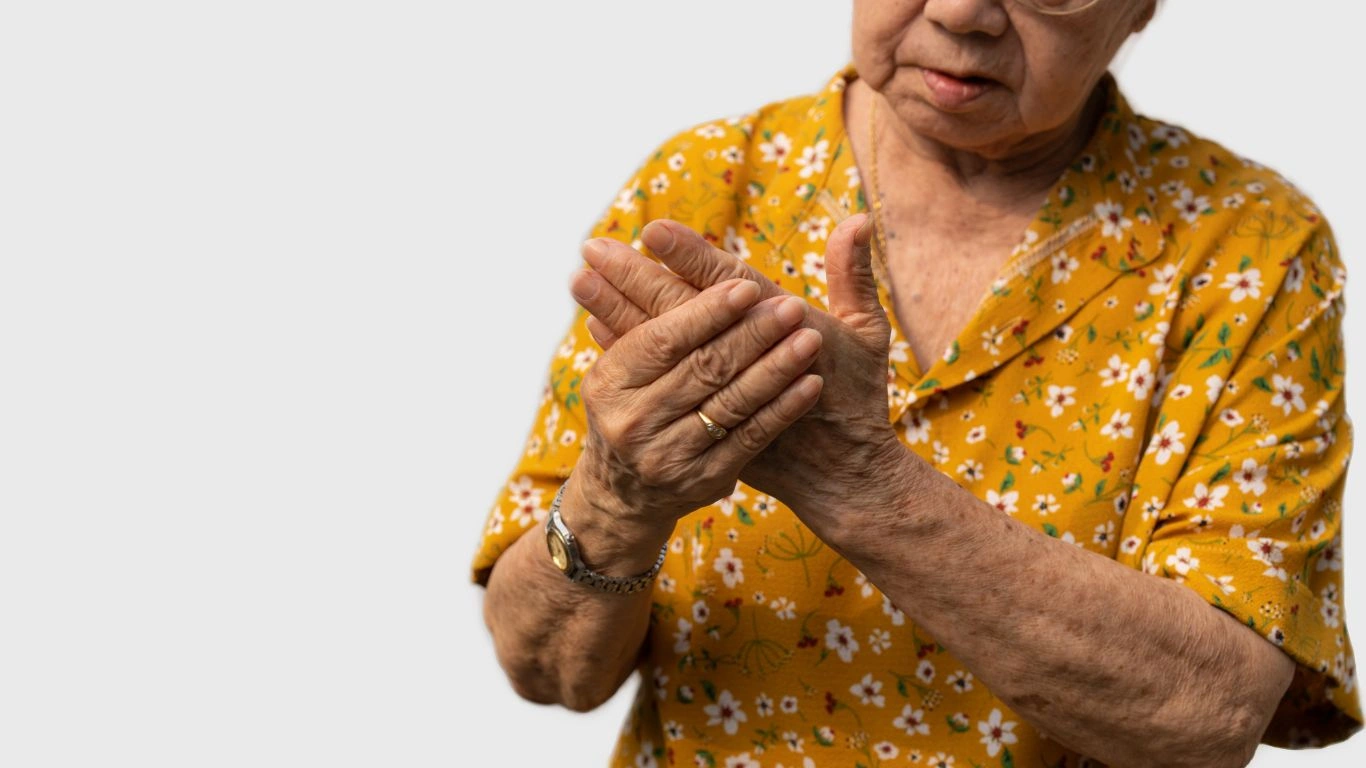
As someone who has worked closely with patients living with rheumatoid arthritis, I can’t stress enough the importance of staying on top of your medications, especially during the colder months. The winter weather can cause your symptoms to flare up, so it’s crucial to ensure your treatment plan is adjusted accordingly. Whether you’re on disease-modifying antirheumatic drugs (DMARDs), biologics, or corticosteroids, the winter months might require some additional considerations.
For example, cold weather can sometimes make it harder to manage medications that need to be injected or administered through an infusion, as your skin and veins might be stiffer due to the temperature. Always ensure you’re following proper storage instructions for your medications, and if you’re on injectable treatments, consider warming up the medication slightly before administering it to avoid discomfort.
Tips for Managing RA Medications Effectively in Winter:
- Consult with your doctor: Make sure your treatment plan is appropriate for the colder months. You may need to adjust your medications or add additional therapies to combat flare-ups.
- Be mindful of storage: Many RA medications need to be stored at specific temperatures. Ensure that you’re not exposing them to extreme cold or heat, especially during winter travel or power outages.
- Don’t skip doses: Even if you’re feeling good, continue taking your medications as prescribed. Skipping doses can make you more vulnerable to flare-ups.
In addition to medications, don’t forget to track your symptoms and communicate regularly with your healthcare provider. Keeping them informed of any changes can help adjust your treatment plan and prevent potential complications during winter.
9. Consider Physical Therapy for Joint Support
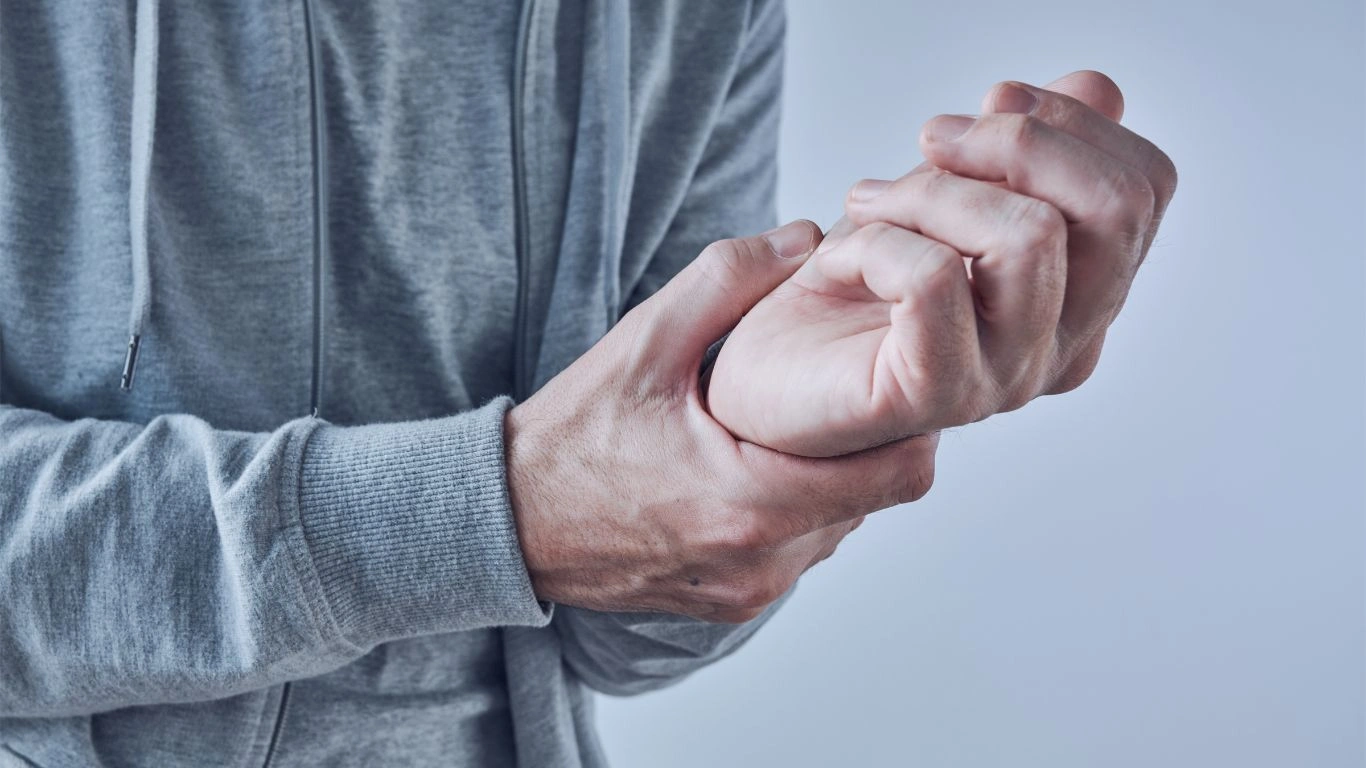
If you’re finding it especially tough to manage the pain and stiffness from your rheumatoid arthritis in winter, physical therapy might be just what you need. As a nurse practitioner, I’ve seen the incredible benefits of physical therapy in helping people with RA improve their mobility, strength, and overall quality of life. Physical therapists are experts in crafting exercises tailored to your needs, and they can teach you how to protect your joints while strengthening the muscles around them.
Physical therapy can help you regain range of motion in your joints, which tends to decrease in the winter due to cold and inactivity. By working with a physical therapist, you’ll learn strategies to move more efficiently, which can reduce joint strain and prevent long-term damage. Plus, it’s not just about exercise – physical therapists can help you with joint protection techniques, posture training, and advice on using assistive devices to improve function.
Why Physical Therapy is Beneficial for RA in Winter:
- Customized exercises: A physical therapist can design an exercise plan that focuses on your problem areas and works to prevent further joint damage.
- Strengthening muscles: Strengthening the muscles around your joints helps to take the pressure off your RA-affected areas, reducing the risk of injury or flare-ups.
- Joint protection techniques: Physical therapists can teach you how to protect your joints while moving, helping to avoid unnecessary strain.
- Enhancing mobility: Winter tends to restrict movement, but physical therapy can improve flexibility and make it easier for you to move, even in colder temperatures.
If you’ve never tried physical therapy before, it might be worth a visit to see how it could fit into your winter management plan. It’s a great complement to other treatments like medications and exercises at home.
10. Manage Your Mental Health: Don’t Forget the Emotional Impact of RA
We can’t talk about managing rheumatoid arthritis without acknowledging the emotional toll it can take, especially during the winter months when symptoms may worsen. Having RA is not just physically taxing, but it can affect your mental health, too. I’ve seen many patients struggle with feelings of isolation or frustration during the winter, as the cold and discomfort can limit activities and make them feel disconnected from others.
Seasonal affective disorder (SAD) is also more common during the winter, and it can exacerbate RA symptoms. The lack of sunlight, combined with the pain and stiffness, can make it harder to stay positive. It’s important to acknowledge how you’re feeling and seek support when needed. I’ve always told my patients that it’s okay to have tough days, but the key is not to let those days define you.
Tips for Managing Mental Health in Winter:
- Seek support: Whether it’s through family, friends, or an online RA support group, having a network of people who understand your condition can provide much-needed comfort and encouragement.
- Consider therapy: Talking to a therapist or counselor can help you work through any negative emotions associated with RA. Cognitive behavioral therapy (CBT) is especially effective for managing chronic pain and mental health concerns.
- Embrace self-care: Take time to care for yourself, whether it’s through relaxation techniques like meditation, spending time with loved ones, or enjoying hobbies you love. Prioritize activities that make you feel good.
- Light therapy: If you suffer from SAD, light therapy can help. A lightbox can simulate sunlight and may alleviate some of the emotional struggles associated with shorter days.
Remember that managing RA isn’t just about the physical symptoms – it’s about taking care of your mental well-being as well. Being proactive about your emotional health can help you better cope with the challenges that winter brings.
References
For additional information on managing rheumatoid arthritis during the winter months, feel free to explore these trusted resources:
Disclaimer: The information provided in this article is for general informational purposes only. It is not intended as medical advice and should not be relied upon as a substitute for professional healthcare advice. Always consult with your healthcare provider before making any changes to your treatment plan.

Tarra Nugroho is a dedicated Nurse Practitioner with a strong foundation in family and preventive care. She brings both compassion and clinical expertise to her practice, focusing on patient-centered care and health education. As a contributor to Healthusias.com, Tarra translates medical knowledge into clear, empowering articles on topics like women’s health, chronic disease management, and lifestyle medicine. Her mission is simple: help people feel seen, heard, and informed—both in the clinic and through the content she creates. When she’s not caring for patients, Tarra enjoys weekend hikes, plant-based cooking, and curling up with a good health podcast.





